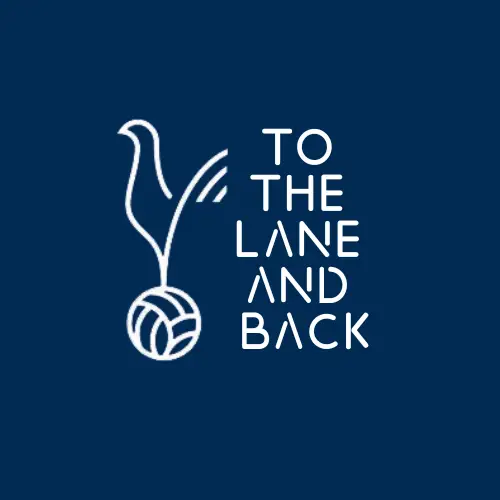There is much more to sports photography than just running around with a camera in search of a perfect vantage point and sensational moment. It is an art that requires not only a talent but a good eye for detail.
And football photography is no exception. Undoubtedly, you’ve seen lots of pictures of your favorite football players or amazing moments captured by those crazy guys hungry for genuine emotions, fan chants, sweet taste of victory, stadium roar, etc.
If you’re no stranger to football photography, you know how challenging it can be to capture a great image that conveys the overall atmosphere of a game and tells a story.
So, if you want to learn how to paint more conspicuous, emotionally saturated, unique, and attention-grabbing football pictures with your camera, check out some tips below.
Vantage Points
Unlike your cameraman colleagues who normally film games from a specific spot, you need to change your position quite a lot during a game to grab the best pictures.
It’s not a secret that most photographers aim to shoot goal celebrations from the corners, zooming in on the footballer who’s scored the goal or fouled an opponent.
Sometimes, just being in the right place at the right time might be enough to grab a jaw-dropping photo. Still, if you want your photos to stand out from the crowd, make sure to experiment with your spots and perspectives.
You can add more scale and importance to what is going to appear in your photo if you opt for a low vantage point. You can go even further and let your subject take up the entire frame.
From the so-called worm’s-eye view, football players and the cheering crowd might look even more formidable and powerful. But for this, you might need to spend some time lying on the ground with your camera in the grass.
With the high angle, to the contrary, your picture might get a more fragile or even dramatic look. It’s also great for demonstrating the whole field and capturing the action unfolded below.
For this, you may want to trek up to the stadium’s roof or at least climb to the top tier for a stunning aerial view. Such photos can be turned into scroll-stopping thumbnails, which you can enhance with Vista Create, or placed by popular sports magazines on their covers.
Tell a Story
Just like any artist, you need to create a captivating narrative for your viewers with your series of shots. Make sure to make some effective shots during each period of the game.
Ideally, it would be best if you didn’t miss the climax of the match and its denouement. Also, note that faces are very important for the success of your narrative. And not only the faces of players but also their fans.
Once again, you might need to contrive to score the most favorable shooting position to capture the countenance of the goalkeeper at the minute when he’s about to guard the goal or immortalize the stadium’s reaction to this moment in your photo.
Needless to say, you need to be familiar with the sport and understand how it works. It’s a good idea to watch some previous games. And once you figure it out, you’ll be able to choose your spot more wisely.
Tweak Settings and Use the Right Equipment
It’s never been easier to shoot sports events with a wide variety of professional tools and photography equipment. Still, even cutting-edge equipment will be ineffective, if you don’t know how to use it to your advantage.
First things first, you need to ensure your lenses are up to the par and suitable for shooting sports events.
Ideally, you should have standard lenses with focal length somewhere between 35 and 70mm and specialized long-focus telephoto lenses. For the best close-ups and compression, long lenses should be 400mm or more.
As for your camera, most sports photographers opt for full-frame cameras or smaller sensor devices capable of shooting at least 10 frames per second.
For super sharp photos, you’ll also need a great shutter speed. Aim for at least 1/500 s. Otherwise, you might end up with blurry and indistinct images. You also need to make sure that your aperture and ISO keep up with the shutter speed. You can either balance these aspects manually or take advantage of Shutter Priority Mode.
This feature sets your camera’s shutter speed and takes care of the aperture width and ISO. ISOs also need to be tweaked every time your lighting conditions change. Try changing your positions to use the contrast to your advantage in high-contrast situations.
You also would be well-advised to use autofocus, the feature that makes it possible to capture fast-moving action and track it across the frame when the contrast between your subject and surroundings is high.





